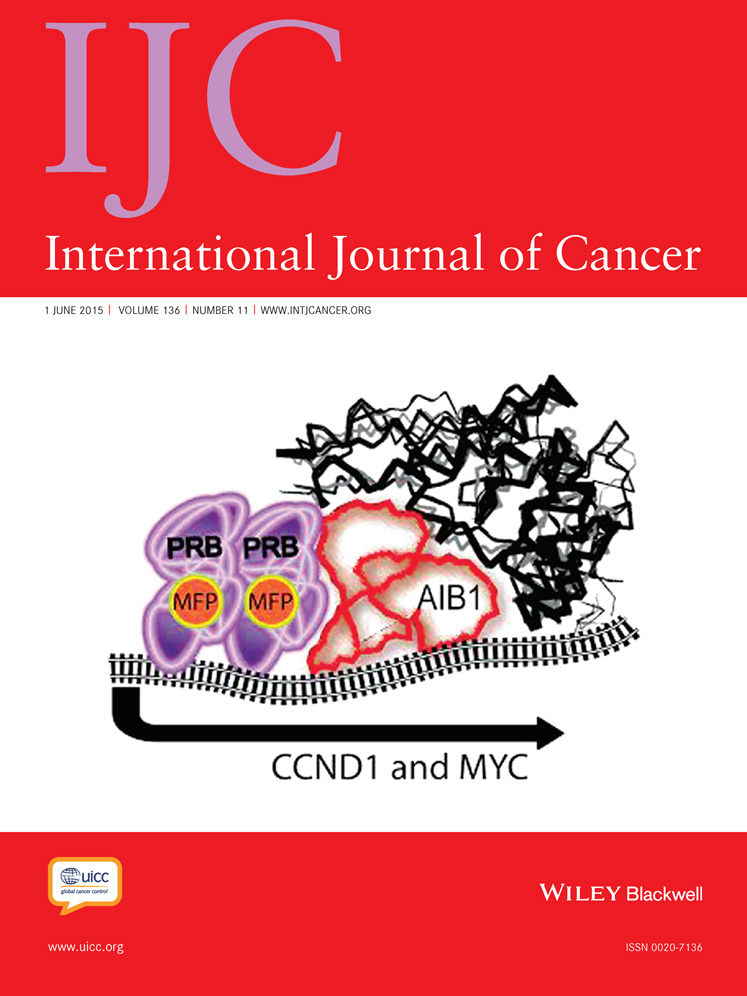The nuclear bile acid receptor FXR controls the liver derived tumor suppressor histidine-rich glycoprotein
Abstract
The nuclear bile acid receptor Farnesoid X receptor (FXR) is strongly expressed in liver and intestine, controls bile acid and lipid homeostasis and exerts tumor-protective functions in liver and intestine. Histidine-rich glycoprotein (HRG) is an abundant plasma protein produced by the liver with the proposed function as a pattern recognition molecule involved in the clearance of immune complexes, necrotic cells and pathogens, the modulation of angiogenesis, the normalization of deranged endothelial vessel structure in tumors and tumor suppression. FXR recognition sequences were identified within a human HRG promoter fragment that mediated FXR/FXR-agonist dependent reporter gene activity in vitro. We show that HRG is a novel transcriptional target gene of FXR in human hepatoma cells, human upcyte® primary hepatocytes and 3D human liver microtissues in vitro and in mouse liver in vivo. Prolonged administration of the potent nonsteroidal FXR agonist PX20606 increases HRG levels in mouse plasma. Finally, daily oral administration of this FXR agonist for seven days resulted in a significant increase of HRG levels in the plasma of healthy human male volunteers during a clinical Phase I safety study. HRG might serve as a surrogate marker indicative of liver-specific FXR activation in future human clinical studies. Furthermore, potent FXR agonists might be beneficial in serious health conditions where HRG is reduced, for example, in hepatocellular carcinoma but also other solid cancers, liver failure, sepsis and pre-eclampsia.
Abstract
What's new?
The nuclear bile acid receptor FXR has been shown to exert tumor-protective functions in the liver and intestine. This study provides evidence that the liver-derived plasma protein and tumor suppressor histidine-rich glycoprotein (HRG) is a novel and most likely direct transcriptional target gene of FXR. Plasma HRG levels in healthy male volunteers increased 1.6-fold after daily administration of 0.5 mg/kg of the non-steroidal FXR agonist PX20606 for seven days, raising the possibility that potent FXR agonists might be beneficial in serious health conditions with reduced HRG such as hepatocellular carcinoma but also other solid cancers, liver failure, sepsis, and preeclampsia.




